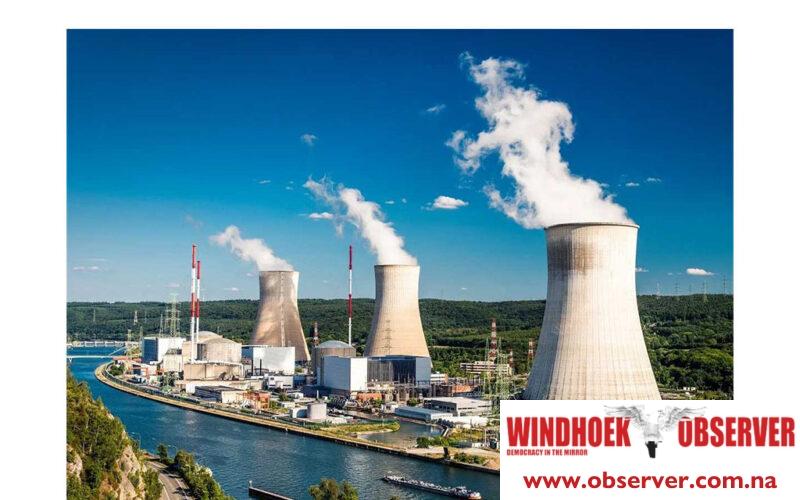CHAMWE KAIRA
The Russian Ambassador to Namibia, Dmitry Lobach, said there are talks to build a 100 MW modular nuclear power station in Namibia and to apply Russian nuclear technology in medicine and agriculture.
The Russian diplomat said Russian investors have been working in Namibia and cited the geological surveying for uranium in the Omaheke Region.
“This venture by Rosatom, the world-leading Russian State Atomic Corporation, is to establish cutting-edge technology with a cost of US$500 million,” he said.
Rosatom has already invested US$50 million in the Omaheke Region. “It is going to extract 3000 tonnes of uranium per year and create thousands of jobs, growing Namibia’s GDP by 1.5%-2%.”
He disclosed that Russian companies are willing to participate in the Baynes hydroelectric power plant, the reconstruction of the Walvis Bay port and railway network expansion, and the upgrading of locomotives and rolling stock.
“Russia can provide cybersecurity services. Our experts, the best in the world, have proven high qualification protecting states and private facilities from dangerous cyberattacks,” said Lobach.
Headspring Investments is the Namibian operating company of Uranium One Group. Uranium One Group is an international group of companies, owned by Rosatom State Atomic Energy Corporation. It is one of the world’s largest uranium mining companies with a diverse portfolio of assets worldwide, including in Kazakhstan, Tanzania, and Namibia.
Leveraging Rosatom’s top engineering solutions and production expertise along with technological innovations from leading Russian industrial firms, Headspring Investments offers cutting-edge technologies for efficient uranium mining
The exploration started in 2011, beginning with desk research. In 2012, exploration drilling commenced, but in 2013, operations were suspended due to a moratorium on uranium exploration.
Following the lifting of the moratorium, exploration resumed with geophysical and geochemical surveys conducted in 2016–17.
In 2018, additional exploration drilling and metallurgical test studies of cores with uranium mineralisation were performed.
From 2019 to 2021, exploration drilling continued, leading to the discovery of a rich uranium ore body in the Omaheke region, with about 150 Namibians provided with jobs during this phase. It is estimated that the discovered sandstone-type uranium deposit, which is considered suitable for In-Situ Recovery (ISR), could yield 3000 tonnes of uranium per year with a life of mine of at least 25 years.
Further water sampling was carried out from 2020 to 2021. However, in 2021, drilling permits were revoked, leading to the shutdown of operations when less than 60% of the planned exploration drilling had been completed.
Currently, the project is in the pre-feasibility study stage (exploration), and preparations for a pilot test are underway. The pilot site is technically ready for testing, with wells drilled and equipment installed. The start of the pilot test is subject to approval by regulators.




